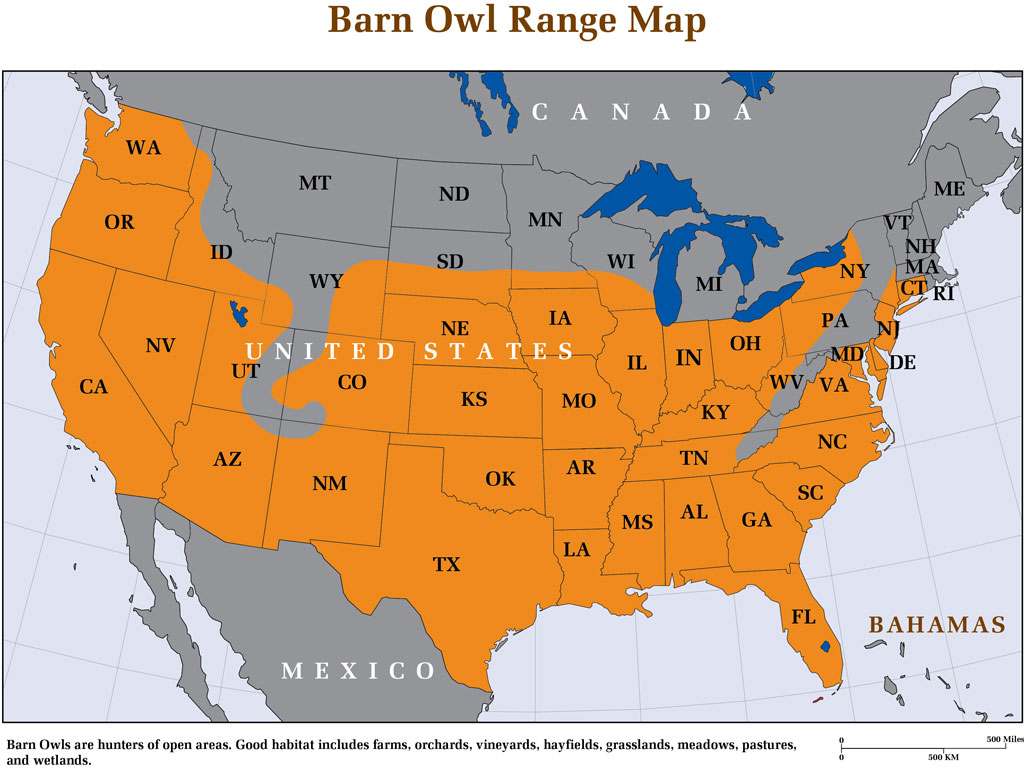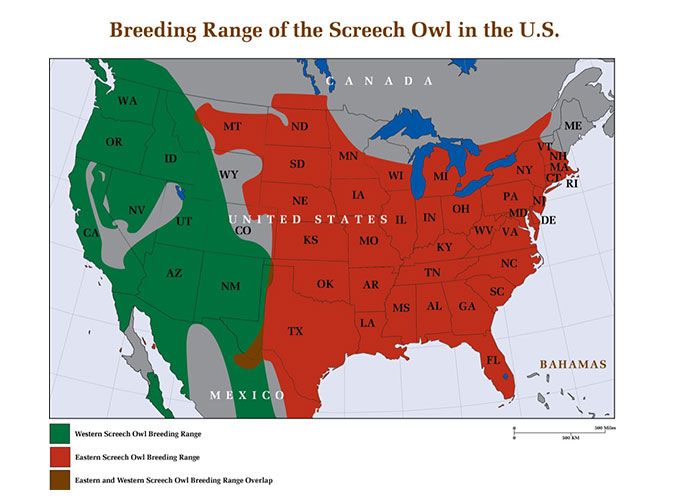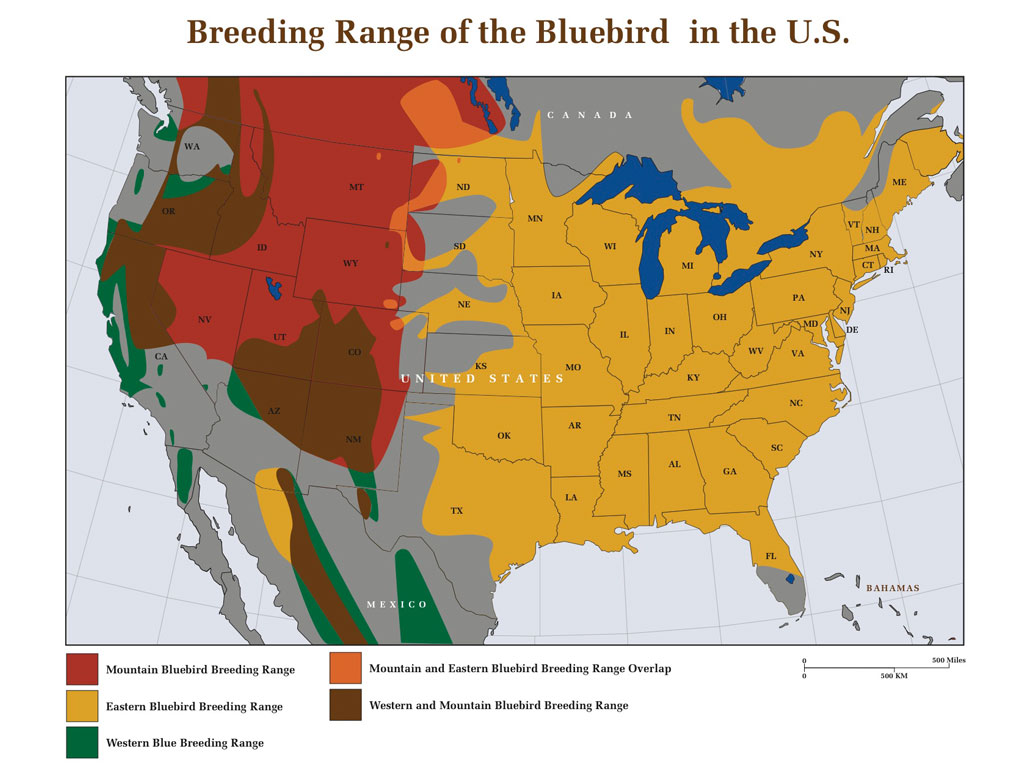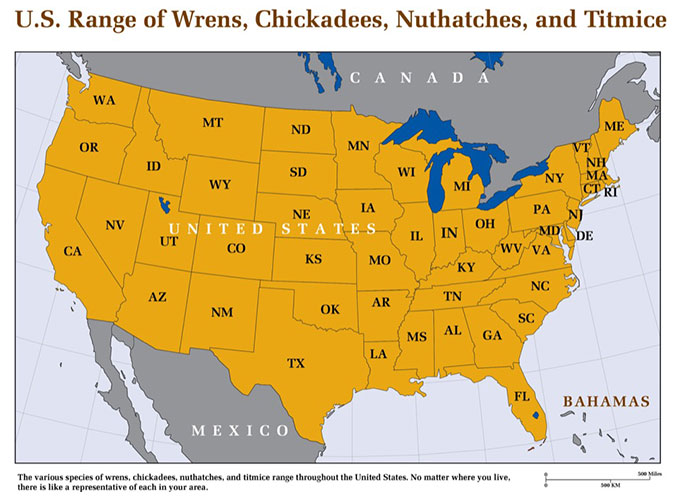Free Shipping to the Contiguous United States
Oregon Barn Owls
Barn Owls in Oregon
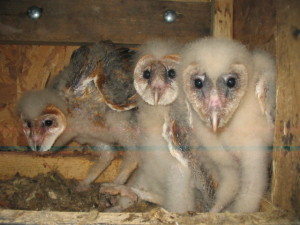
Distribution of the barn owl in Oregon is complex due to the presence of varied ecosystems. The Pacific Ocean moderates the coast and provides ample rainfall, and the Cascades Mountain Range that runs down through the western third divides the state. Generally, populations are very good in open areas west of the Cascades, with dairy farms along the coast and a rich agricultural valley that stretches from Portland to Eugene in the south. East of the Cascades, barn owls are found in good numbers in the northern regions where wheat and barley farms thrive. Southward, the remainder of the state holds moderate to low numbers of barn owls in the cattle raising counties. The barn owl is present everywhere except in forested regions and at altitudes higher than 6000 feet.
The Oregon Department of Fish and Wildlife says: “The Barn owl is a fairly common permanent resident in open country west of the Cascades. East of the Cascades it is more local in its distribution being most common in agricultural areas.”
Voles (meadow mice, genus Microtus) are the most common prey, however in some areas, the pocket gopher may predominate. In one pellet analysis study of 825 pellets, voles comprised 64% of prey items, with deer mice, pocket gophers, shrews, house mice, and small birds comprising the remainder.
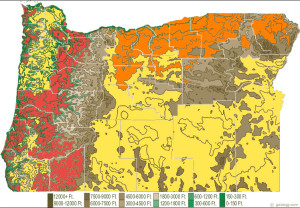
Orange = Good
Yellow = Poor to Fair
Voles are particularly destructive in agriculture, especially because of their high reproductive rate. Females born today can begin mating within a month. Voles damage roots, consume fruit, and even girdle vines and fruit bearing trees by chewing the bark near the ground.
Barn owls are being used for rodent control by both grape and blueberry growers in Oregon. The apple, pear, plum, and cherry orchards are excellent candidates for barn owl programs.

